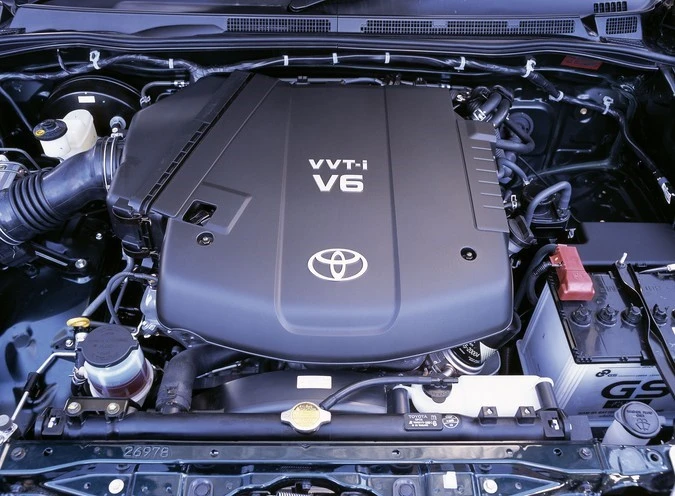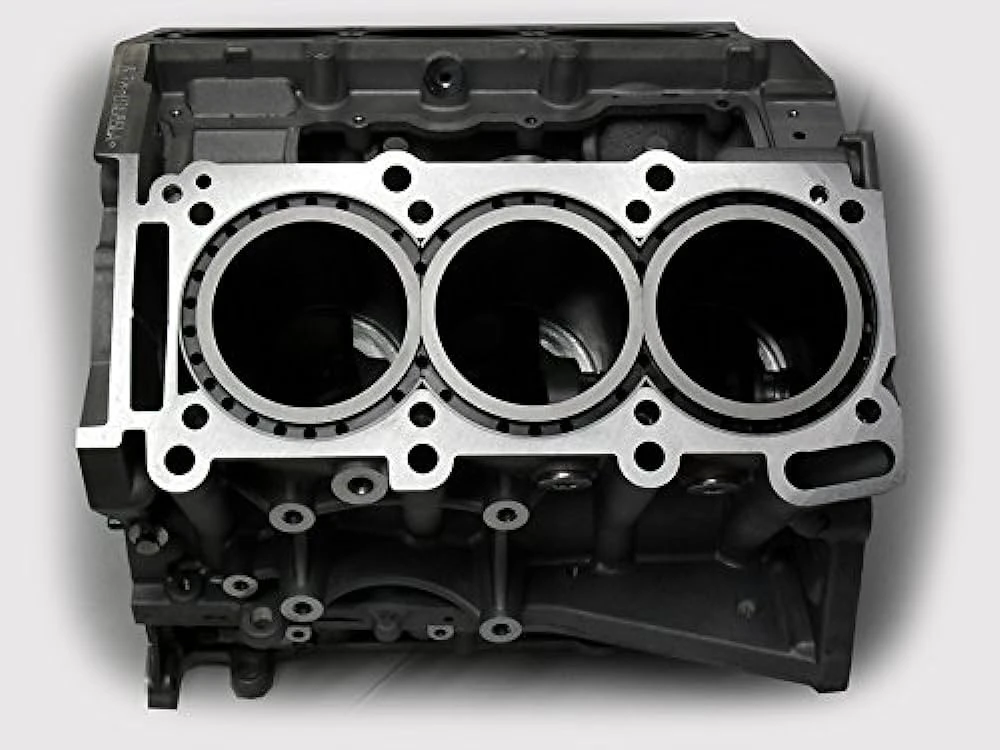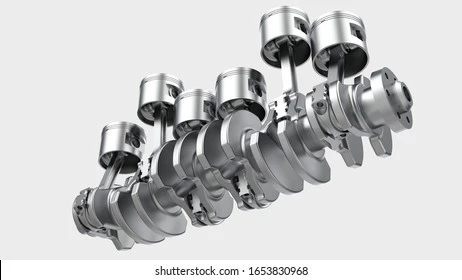
Toyota’s 1GR-FE engine is a testament to the brand’s commitment to innovation and performance. This comprehensive guide delves into the evolution, internal components, applications, and technical specifications that make the 1GR-FE a powerhouse in the automotive world.
Generations of the 1GR-FE Engine
First Generation (2002-2009)
The debut on the Toyota 4Runner and Land Cruiser Prado 120 marked the beginning of the 1GR-FE’s legacy. With VVT-i on the intake, this generation set the stage for the engine’s evolution.
Second Generation (2009-present)
The Land Cruiser Prado 150,Toyota FJ cruiser introduced the second generation, featuring VVT-i phase regulators on all camshafts. Hydraulic valve clearance compensators became a common feature in most modifications.
Evolution of the 1GR-FE Engine
Early Years: 2002-2009
The journey of the 1GR-FE began in 2002 with its debut in the Toyota 4Runner and Land Cruiser Prado. A 4.0-liter V6 gasoline engine, it replaced the MZ V6 engines, setting a new standard for SUVs and RWD/4WD pickups.
Upgrade in 2009: Dual VVT-i 1GR-FE
In 2009, Toyota introduced the Dual VVT-i version, featuring not only a variable valve timing system but also significant mechanical changes. This upgrade marked a new era for the 1GR-FE, enhancing performance and efficiency.
Internal Anatomy of the 1GR-FE Engine
Open-Deck Aluminum Block
The 1GR-FE boasts an open-deck 60-degree V-angle aluminum cylinder block, providing a robust foundation for its power-packed performance. The cast iron liners contribute to durability.

Forged Steel Crankshaft and Connecting Rods
Inside the block, a forged steel crankshaft with nine counterweights forged connecting rods, and aluminum alloy pistons work in harmony. The use of oil jets for temperature reduction showcases Toyota’s commitment to precision engineering.

Aluminum Cylinder Heads and VVT-i Technology
The aluminum cylinder heads house double overhead camshafts driven by primary and secondary timing chains. The variable valve timing (VVT-i) on the intake ensures optimal performance, and the cylinder heads feature four valves per cylinder.
Induction and Fuel System
Acoustic Control Induction System (ACIS)
A plastic intake manifold with Toyota’s ACIS enhances the engine’s performance. The system’s air control valve varies the effective length of the intake manifold based on engine speed, optimizing output.

Electronic Throttle Control System-intelligent (ETCS-i)
The ETCS-i system further refines the engine’s response, providing precise control over throttle input. It complements the overall driving experience, making the 1GR-FE a dynamic force on the road.
Performance and Efficiency
Single VVT-i Configuration:
- Output: 237 hp at 5200 rpm with 266 lb⋅ft of torque at 4000 rpm (when tuned for 87 octane).
- Output: 240 hp at 5200 rpm with 278 lb⋅ft of torque at 3700 rpm (when tuned for 91 octane).
Dual VVT-i Configuration (Updated Version):
- Output: 267 hp at 5600 rpm with 278 lb⋅ft of torque at 4400 rpm (on 87 octane).
Dual VVT-i 1GR-FE: A Powerhouse Upgrade
Mechanical Enhancements
The 2009 upgrade brought significant changes, including a new crankshaft, optimized pistons, and redesigned cylinder heads. Roller rocker arms with built-in needle bearings and hydraulic lash adjusters contribute to smoother operation.
Injection System and Other Upgrades
The injection system saw an increase in pressure, and the position of the injector nozzle was optimized. The introduction of iridium-tipped spark plugs and new headers further enhanced the engine’s capabilities.
Applications and Vehicles Powered by 1GR-FE
The 1GR-FE found its place in a range of Toyota and Lexus vehicles, becoming a staple in the automotive landscape.
Toyota 4Runner

Lexus GX 400

Toyota Land Cruiser Prado
